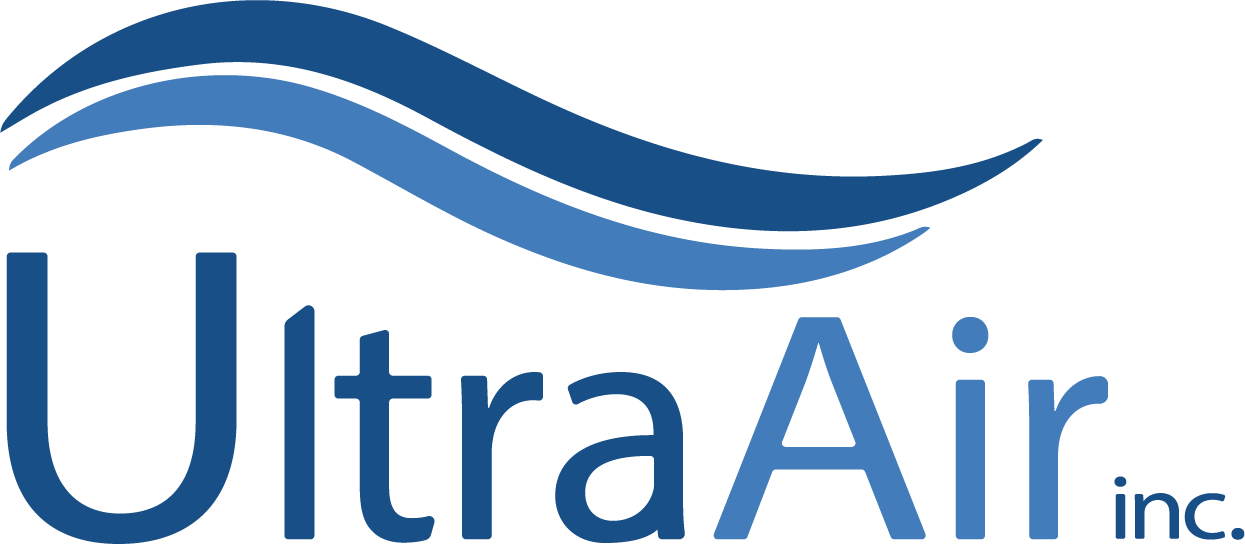The cleaning of the ducts is an integrant part of the maintenance plan for a heating, ventilation, and cooling system (HVC). The level of cleanliness of the air ducts can have an impact on the health of those living in the home or the employees of a business. The quality of the air that people breathe inside a building is very important. The occupational health and safety regulations take into consideration several factors of the environment of a workplace. These three articles* of the regulation particularly attract our attention:
- Necessity: Establishments shall be adequately ventilated either by natural or mechanical means and excessive air draughts shall be avoided.
Ventilation systems and devices in service shall be designed, manufactured and installed in compliance with state-of-the-art techniques current at the time of their installation.
In addition, all work stations shall be ventilated as to comply with the standards provided under sections 40 and 41, with the exception of work stations assigned to out-of-shop inspections, maintenance or repairs.
- Inspection: Mechanical ventilation systems shall be inspected and adjusted at least once a year with the filters being maintained or replaced as the need arises.
- Ducts: Ducts used to transport contaminated air shall not be used for any other purpose, and must not risk contaminating the workplace.
Having read these several articles, we can see the importance given to the maintenance of the HVC system, with the minimum being that the system be inspected once a year.
According to the ACR standards of the NADCA*, it will be recommended to proceed to the cleaning of the ducts when one of the following situations occurs:
- The HVAC system is contaminated with an accumulation of particulate;
- The HVAC system performance is compromised due to contamination build-up;
- The HVAC system has been determined to be a source of unacceptable odors;
- The HVAC system is discharging visible dirt or debris into the conditioned space;
- The HVAC system has been contaminated as a result of fire, smoke, and/or water damage;
- The HVAC system has been infested with birds, rodents, insects, or their byproducts;
- The HVAC system has been determined to be at risk for fire hazard;
- The HVAC system has become contaminated with construction debris or dust;
- Mold contamination conditions have reached either Condition 2 or Condition 3;
- Deterioration of fiber glass duct liner, duct board, or other porous components;
- As part of an HVAC maintenance program as defined in ANSI/ASHRAE/ACCA Standard 180;
- As part of the HVAC equipment manufacturers recommended maintenance practices;
- As part of a proactive energy management program;
- As part of a proactive indoor air quality management program;
- As a component to achieve LEED Certification;
- When a newly installed component or duct has been contaminated with construction and/or other dust and debris.
In summary, here is the inspection schedule prescribed by the NADCA ACR standard:
| CATEGORY | HEATING COOLING UNIT | AIR DUCT SUPPLY | AIR DUCT RETURN |
| Residential | 1 year | 2 years | 2 years |
| Commercial | 1 year | 1 year | 1 year |
| Industrial | 1 year | 1 year | 1 year |
| Health care | 1 year | 2 years | 2 years |
As you can see, there are several situations that can cause the need to have the ducts cleaned. Don’t hesitate to contact us for further information.
*Articles 101 et 104 Article 101 and 104 of the Occupational Health and Safety Regulations, Act respecting occupational health and safety, 2017.
*ACR The Nadca Standard 2013.
